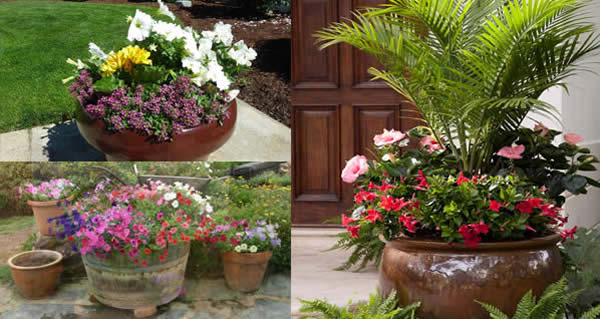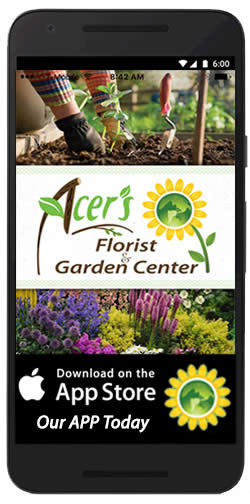
Plant a Tree for Father's Day
A great way to make this Father's Day a memorable one is to plant a tree for dad. In addition to providing a valuable asset to your yard, a tree will grow with your family and create a link between your family and your home.
Selecting the proper tree for your yard will require some forethought. The biggest thing to consider is how big the tree will get. Whichever tree you are considering, you should imagine it at its largest potential. You don't want to plant a tree that will get huge right next to your house, driveway, or where it will shade your entire garden all day. Hazards can be below ground too.
The roots of a tree will grow as large as its canopy, and can interfere with unseen water, septic, and sewer lines. Roots can also uplift sidewalks and penetrate foundations. It's always a good idea to have your water and gas lines "staked" beforehand to ensure they won't become a problem later.
The second question to ask yourself is what you your dad would want out of a tree. Would dad like a tree that is occasionally covered in flowers? Would he rather have a fruiting tree? Would he like a large canopy to block hot summer sun, or should it enhance the privacy of your yard by blocking the neighbors' view?
Other considerations, such as soil type, fertilization, and how close it will be to power lines should factor in as well. It is best to choose a tree that will fit in its surroundings without having to be trimmed.
Planting the tree is fairly simple, but doing it correctly is essential to making sure the tree will survive.
- Dig a hole larger than the container or root ball that the tree came in. Make sure the root flare (where the trunk begins to spread out into roots) will sit above the soil line.
- Remove any packing material, including wire, twine, or burlap.
- Cut away any encircling roots to prevent them from strangling the tree.
- Loosen up roots so they will be able to grow into the soil.
- Backfill dirt and water it in to ensure there aren't air pockets. Gently tamp the soil down to compact it.
The most common mistake people make when planting trees is to plant them too deep. Make sure the root flare, where the trunk begins to spread out into roots, is above the height of the soil around it.
A tree planted too deep will struggle to survive and will have very limited growth. If you're not sure how to identify the root flare, ask someone in the garden center.
Click to print this article.












